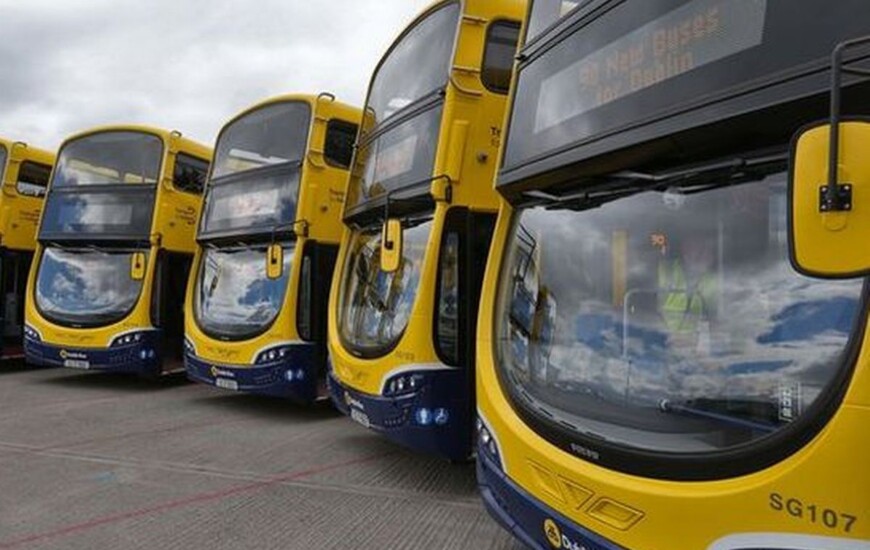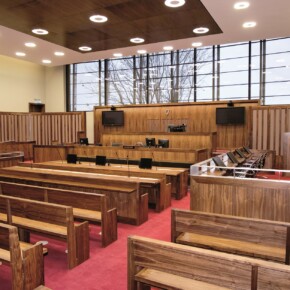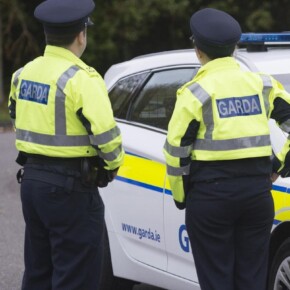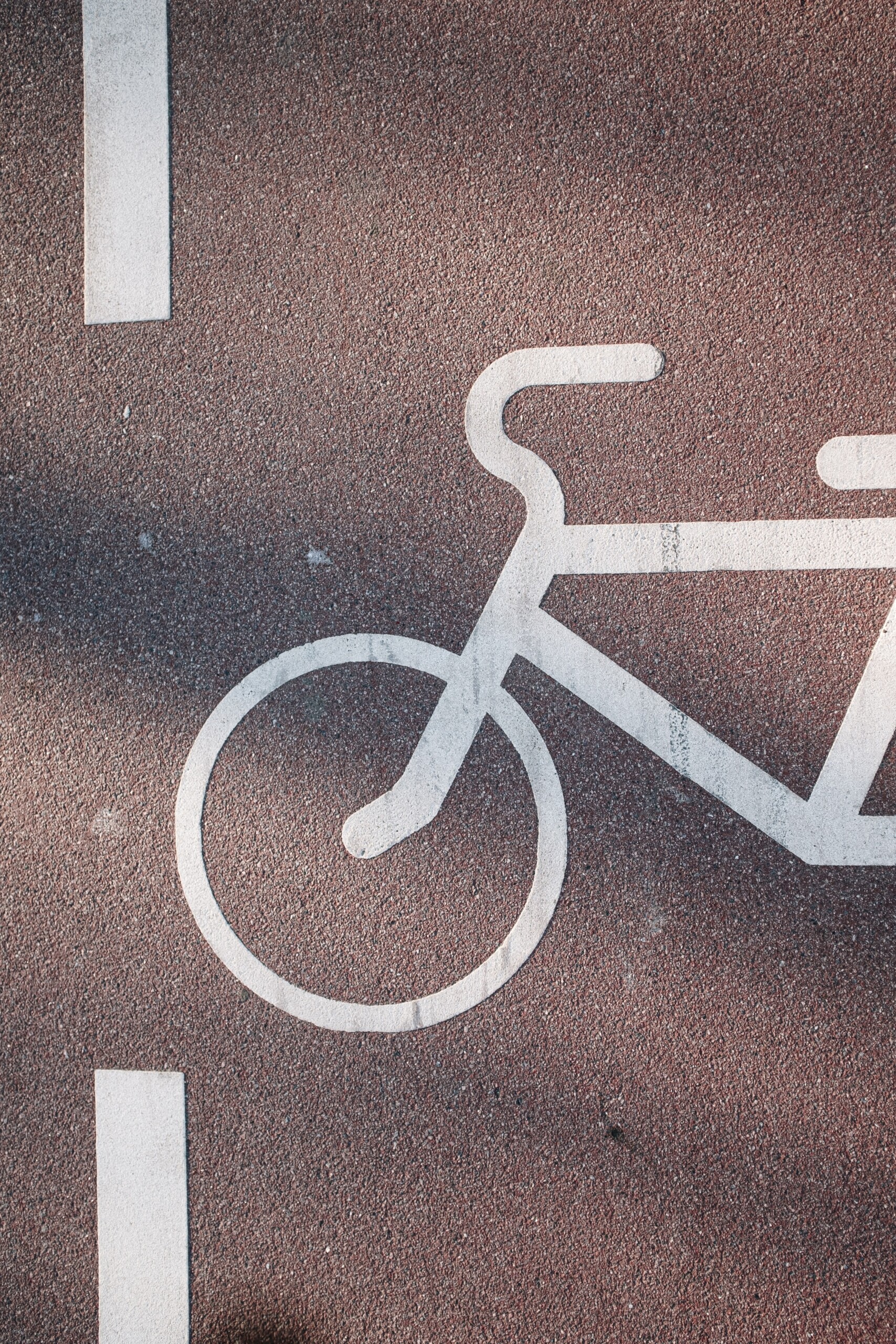Contactless payment on Dublin Bus delayed until 2025
Mike Finnerty 07 Dec 2023
Buses across Dublin will not implement credit card use on Dublin Bus until 2025.
Anne Graham, CEO at the National Transport Authority says that the tender process is still under assessment, meaning that it will miss the original target of late 2023, itself a revised target from a missed deadline of late 2022.
“On integrated ticketing, next-generation ticketing process is underway. We have received our tenders, and they’re being assessed at the moment,” Graham told the Oireachtas Transport Committee.
“We hope to appoint a supplier next year. It’s a big IT project as well having to replace all ticketing equipment already in place on all our bus services,” she said.
“I don’t think we will see full implementation until 2025, that’ll be the start of the implementation of that project.”
Londoners have been able to use contactless on their public transport services since 2012, while Scottish buses have accepted contactless or credit card payment on their services since 2017.
Graham said in May that contactless payments could already be made using Leap cards and “all we haven’t got at the moment is the facility to be able to use the bank card to pay for your journey.”
Graham noted that the NTA was trialing the use of card payments on Local Link rural services, but implementing that across Dublin Bus services and other transport services in Dublin was proving to be difficult.
Passengers are able to top-up the balance on their Leap Card using NFC technology on their mobile phones.
NFC technology is a core tenant of contactless payment, but the Dublin Bus fleet is simply too outdated in some cases to implement the technology across the entire fleet.
NFC technology became prevalent in the early 2010s, before becoming fully mainstream and dominant later in the decade and into the early part of the 2020s.
Graham said that the ticketing equipment was “too old” to allow trials of the system to go ahead.
“We do need to have next-generation ticketing and new equipment to deal with bank cards and our current system on our bus service is too old to actually manage to deal with contactless payments,” she said.
The initial tender process for contactless payment on Dublin Bus was first announced in July 2018.
The Irish public transport system has been characterised by tender processes running over schedule over the last few years, with Irish Rail only reintroducing catering services on the Cork-Dublin train this year after a lengthy Covid-era delay, with no services available on Galway-Dublin trains.
Graham stated that the NTA “use ticketing data, data from the census to come up with routes. That was part of Bus Connects with three public consultations”.
Billy Hann, CEO of Dublin Bus told the committee that car ownership doubled between 1995 and 2015 and there are now more than 2.2 million cars on our roads.”
“We need to create more priority for public transport,” he said.
The committee heard that public transport is seeing a high number of people availing of the services, with the most recent data showing that public transport in Ireland is now carrying the most passengers it ever has.
Dublin Bus services are carrying 10% more passengers than it did in 2019, seeing a decline during the Covid era, but strong numbers since restrictions lifted.
Rising fuel costs, the implementation of the 90-minute fare on TFI routes and general climate consciousness were cited as reasons for the strong uptake in public transport routes across Ireland.
The uptake in passenger numbers may make for good headlines, but it also comes at an operational cost for commuters.
It was revealed that around 20 bus routes deal with full capacity issues each month, with the N11, N1, C1, N2, and buses in Blanchardstown those most likely to operate at full capacity according to Stephen Kent, the CEO of Bus Éireann.











